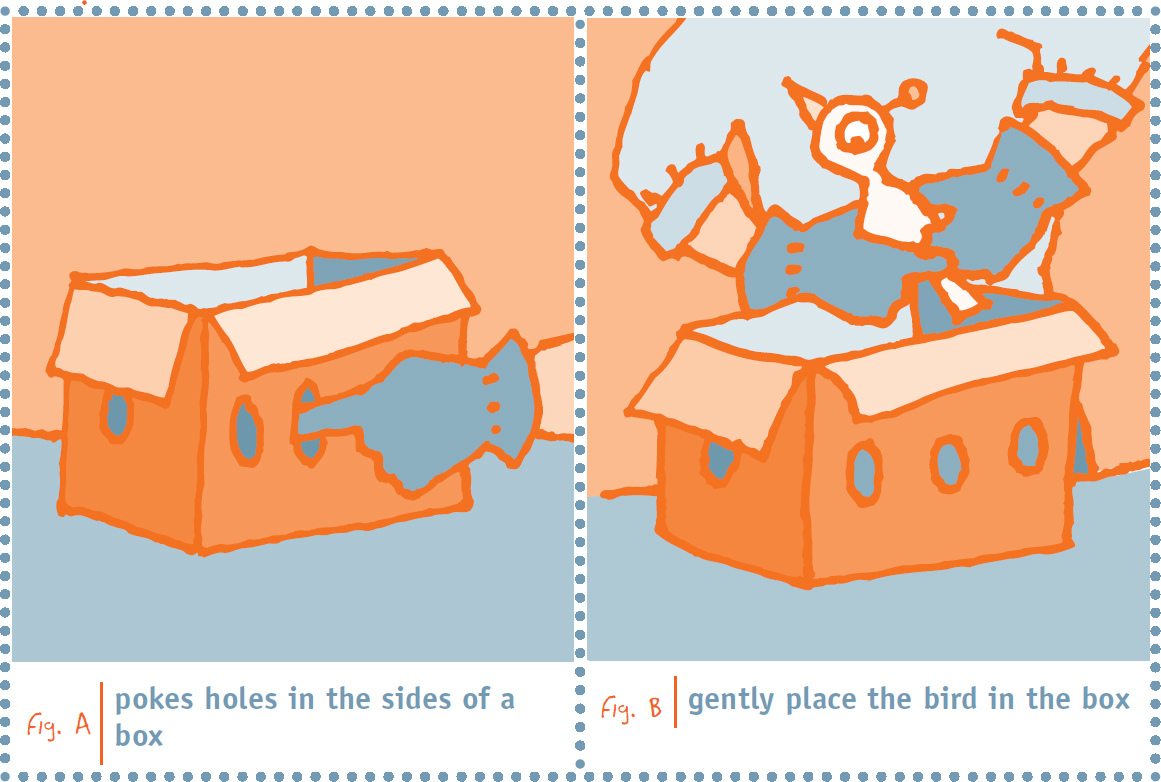Copyright 2003 by James and Lisa Grace
All rights reserved. No part of this book may be reproduced in any form without written permission from the publisher.
Library of Congress Cataloging in Publication
Number: 2002094027
eBook ISBN: 978-1-59474-909-4
Trade Paperback ISBN: 978-1-931686-33-4
Trade Paperback designed by Bryan Ashburn
Quirk Books
215 Church Street
Philadelphia, PA 19106
www.quirkbooks.com
v3.1
CONTENTS
INTRODUCTION
The greatest mistake of all is to do nothing if you can only do a little.
Sir John Golding
More and more these days, you cant pick up a newspaper without being struck by the problems of the world. There is war, hunger, and greed. You may read all this and wring your hands. It is overwhelming.
But if you dont become too discouraged and you read beyond the front page, you will also find something more: tales of courage, compassion, generosity, humor, and love. For every bit of sadness, you will find an equal amount of hope, and it all emanates from the simple acts of kindness performed by people the world over.
You too can be a force of good in the world, if you choose to. You can brighten the day of those around you through simple good deeds. You can decide to send goodness out into the worldnot just by what you think or what you say, but by what you do. You dont need to wear a cape and tights to be a hero. You simply need to decide not to sit on the sidelines.
The Good Deed Guide is your road map to taking an active part in changing the world for the better. The chapters that follow provide the first steps for reaching out to friends and neighbors, caring for strangers, administering first aid to peopleand animalsin need, and doing good works in your community.
The choice is yours. Make a difference. Do good.

HOW TO HELP AN INJURED BIRD
Birds play an important role in the delicate balance between man and nature, but a sad fact of life is: Birds get hurt. They fly into windows, they fly in front of cars, they get caught by cats. One day, you may come upon a bird in need. It is important to know what to do.
1 CAREFULLY EXAMINE THE INJURED BIRD. Try to determine whether the bird is alive. Can you see its breast rising and falling? If it is alive, look for any obvious injuries and proceed to step 2. If the bird has died, bury it in a shady, well-protected spot.
2 LINE AN UNWAXED PAPER BAG OR CARDBOARD BOX WITH TISSUES OR PAPER TOWELS. Bring the bag or box outside next to the bird. If you are using a paper bag, poke some holes near the opening. Fold over the opening to secure the bird, making sure it has enough air. If youre using a cardboard box, poke a few holes in its sides. ()
3 PUT ON GLOVES. This will protect your fingers in case the bird pecks at you.
4 CAREFULLY PICK UP THE BIRD. Scoop the bird gently into your hands. Keep its head well-supported.
Some people believe that a bird handled by a human will be rejected by its parents. Not so. Birds dont have a highly developed sense of smell and therefore do not recognize the sensory cues that humans leave behind.
5 GENTLY PLACE THE BIRD IN THE PREPARED BAG OR BOX. ()
6 KEEP THE BIRD UPRIGHT. If it cannot sit up on its own, create a donut cushion out of a piece of tissue and position the bird on top of it.
7 FOLD CLOSED THE PAPER BAG, OR FOLD DOWN THE FLAPS OF THE BOX. Place a book over the flaps of the box to keep them down. If left uncovered, the stunned bird may recover and fly around inside your home.
8 IF THE BIRDS INJURIES ARE SERIOUS, CALL A WILDLIFE REHABILITATOR. If the bird is bleeding or if its wing is broken, the rehabilitator will instruct you on how to treat the bird.
9 PLACE THE BOX IN A QUIET, DARK PLACE. Leave the bird undisturbed for an hour or two.
10 CHECK ON THE BIRD. If the bird is alert and trying to get out of the bag or box, it is ready to be let go.
11 RETURN THE BIRD TO THE WORLD. Carry the box or bag outside and carefully open it. If the bird flies out on its own, great! If not, gently pick it up and set it down on the ground. Touch the bird as little as possible. Dont throw the bird into the air. This launching will disorient it.
As much as you may want to, dont give the injured bird anything to eat or drink. Many well-intentioned people mistakenly give birds things that they shouldnt eat. Sometimes the bird doesnt even recognize the offering as food (e.g., bird seed for an owl); other times the food offered is toxic to the bird (e.g., avocados and many fruits with pits). Even water can be harmful to a bird in large quantitiesthe bird may drown in it.
Dont offer the bird anything to eat or drink unless specifically instructed to do so by a wildlife rehabilitator.
HOW TO PREVENT BIRD INJURIES
CATS EAT BIRDSITS AS SIMPLE AS THAT. Keep your cat indoors or in a screened enclosure so that it cant reach any birds.
KEEP PESTICIDE USE TO A MINIMUM. Birds that feed on grasses and seeds coated in pesticides can get very sick, or even die.
BE MINDFUL OF WHERE YOU PLACE BIRD FEEDERS. Place bird feeders either on the house itself or at least ten feet away from the house. Birds can easily judge the distance to a house itself, but if the feeder is within that ten-foot margin, they may have trouble distinguishing between it and the house and end up hitting the house or the feeder.
WHAT TO DO IF YOU FIND A LOST BABY BIRD
If you stumble upon a baby bird, your instinct may be to take it in and care for it on your own. Your heart is in the right place, but dont do it! Baby birds cared for by humans often die of malnutrition or from improper care. Even though a fledgling looks unkempt or as if it cant make it on its own, its parents most likely know exactly where their little one is and will return for it. However, there are times a baby may need help to return to its family:
* IF THE BABY BIRD DOES NOT HAVE ALL ITS FEATHERS BUT APPEARS HEALTHY, IT HAS PROBABLY FALLEN FROM THE NEST. Gently place the bird back in the nest, if you can find it.
* IF YOU SEE THE NEST ON THE GROUND, IT MAY HAVE FALLEN WITH THE BABY IN IT. Try to place the nest back where it came from. Check nearby bushes, trees, and gutters for signs of remaining twigs, straw, or other clues to the nests original location. Stabilize the nest, then place the baby back in it.
* IF YOU CANT FIND THE NEST BUT HAVE AN IDEA WHERE IT WAS LOCATED, MAKE A SURROGATE NEST. Find an empty margarine tub or a similar container, fill it with grass or leaves from the area, nail it to a nearby tree, and place the baby bird in it. The parents will find it.
* ONCE YOUVE PLACED THE BIRD IN ITS NEST, CHECK ON IT FROM AFAR. Dont keep approaching the nest, or the parents may become too nervous to return. If the parents have not come back after several hours, call the humane society for help.




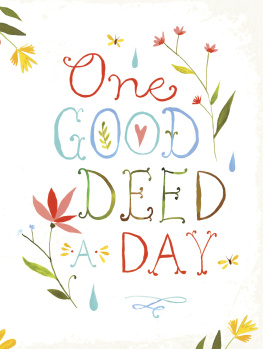
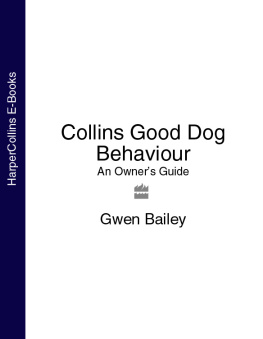


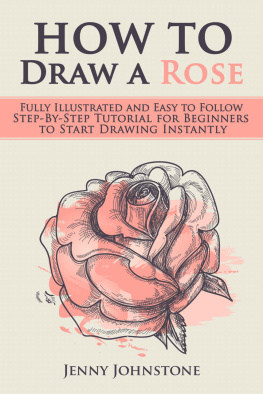
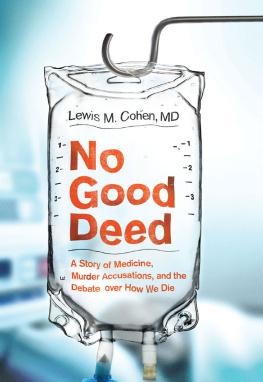

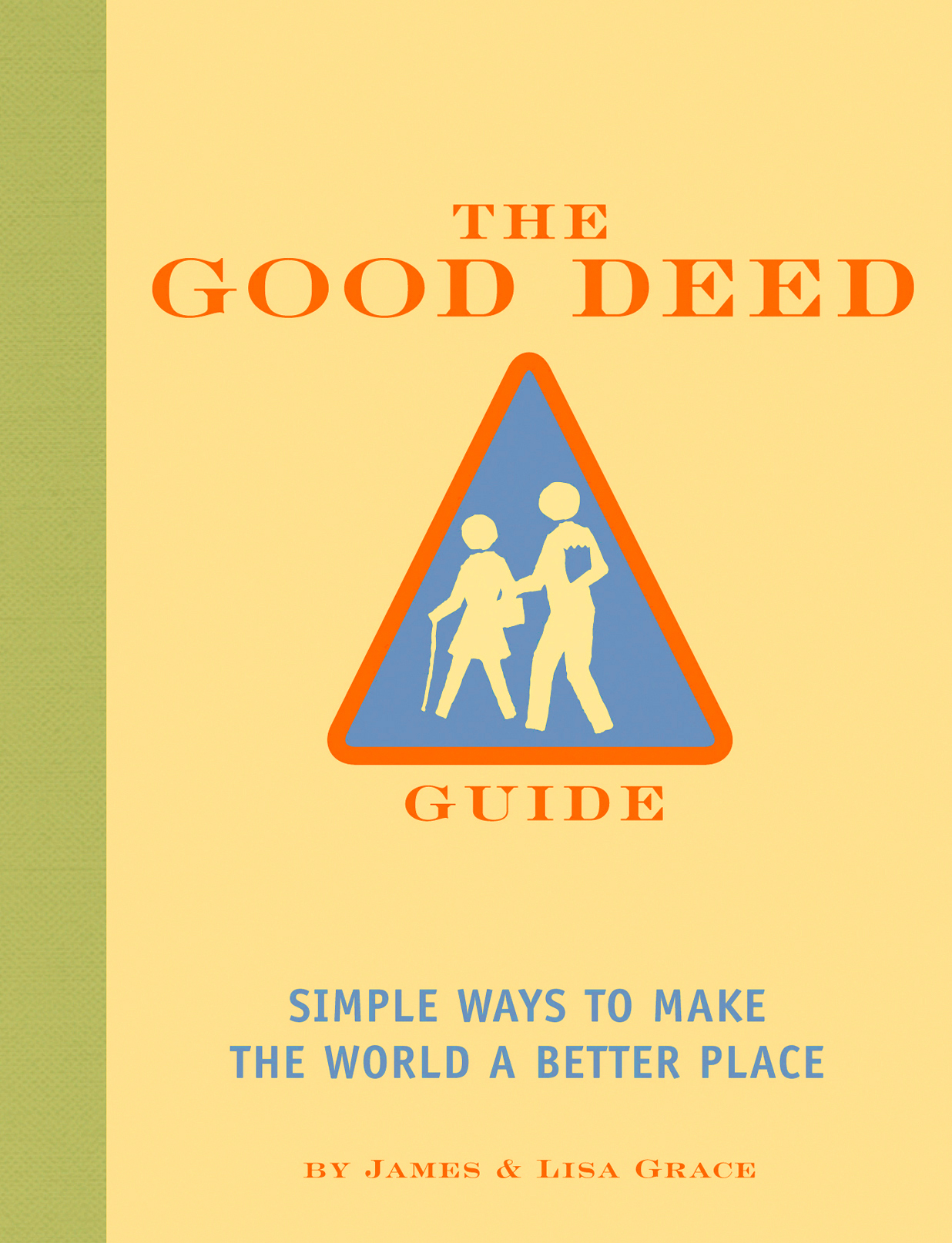
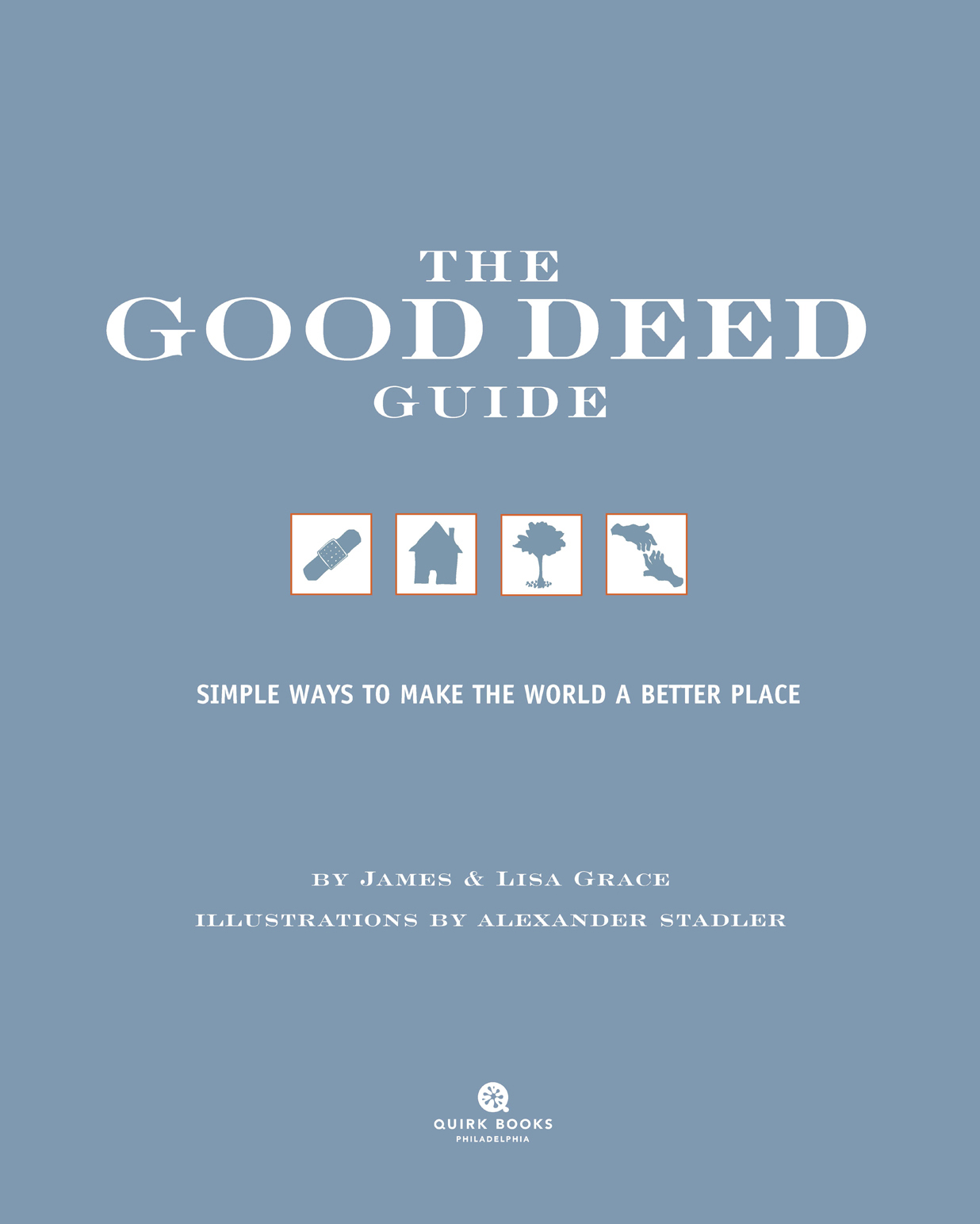
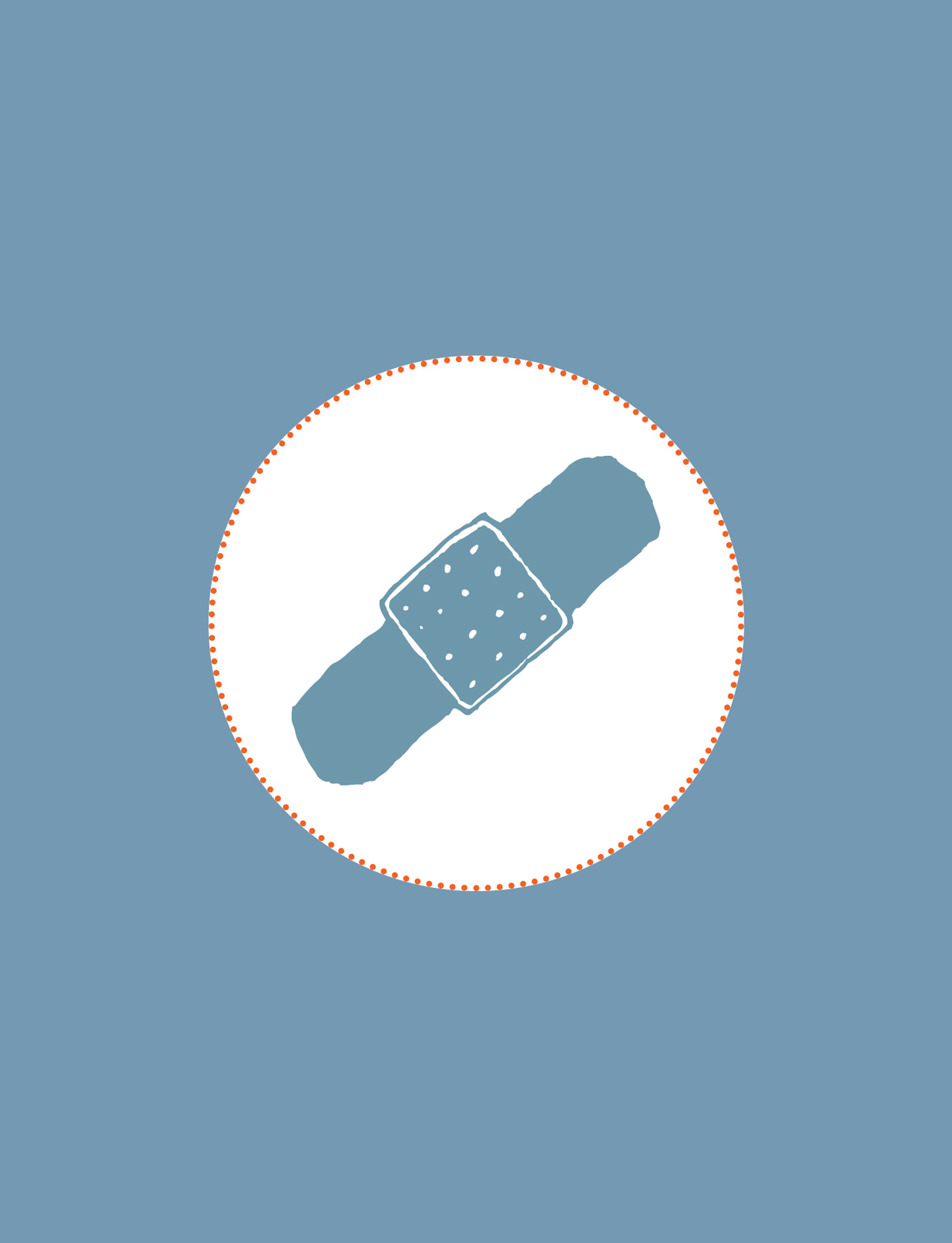
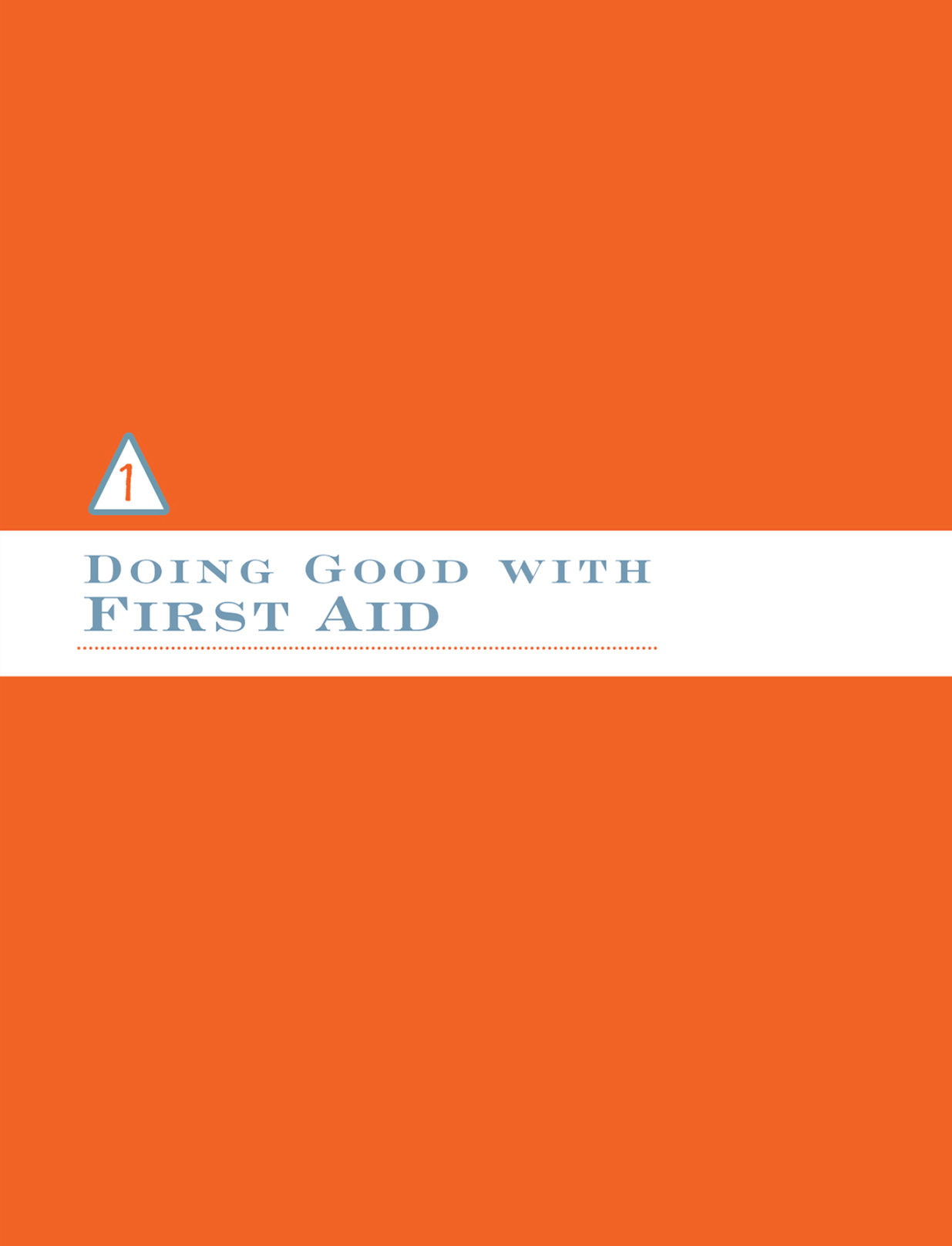
 HOW TO HELP AN INJURED BIRD
HOW TO HELP AN INJURED BIRD